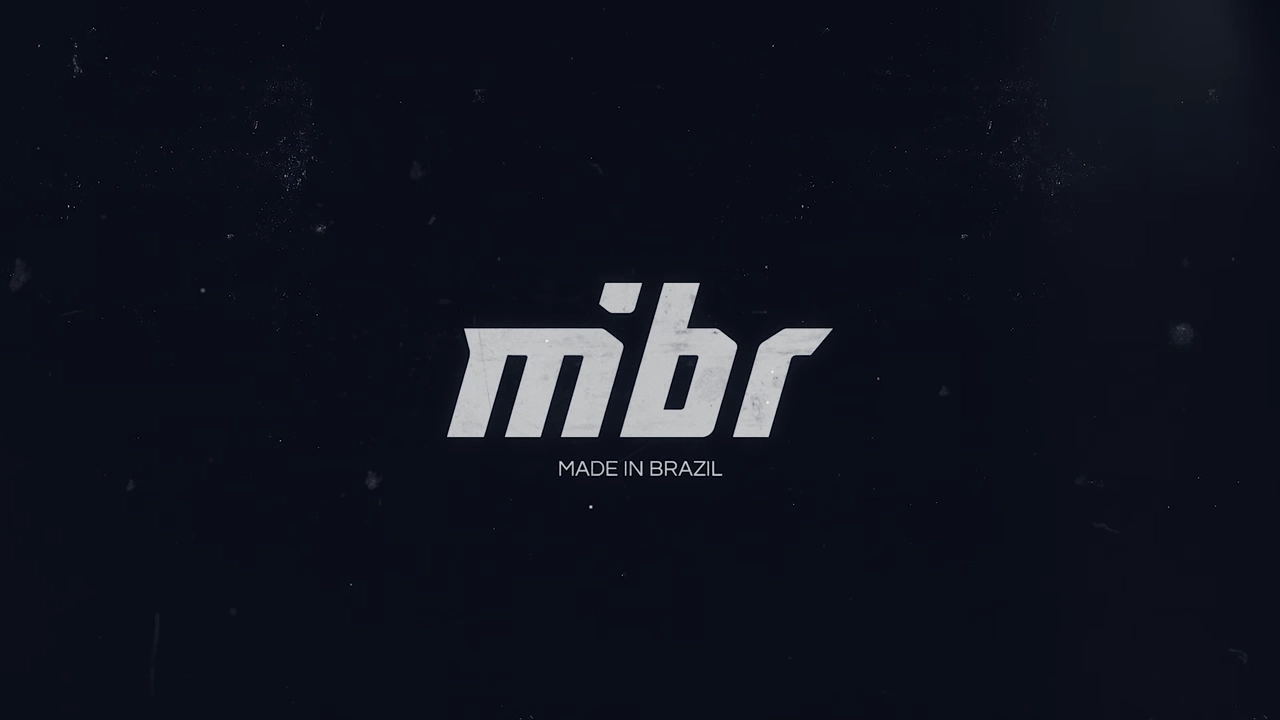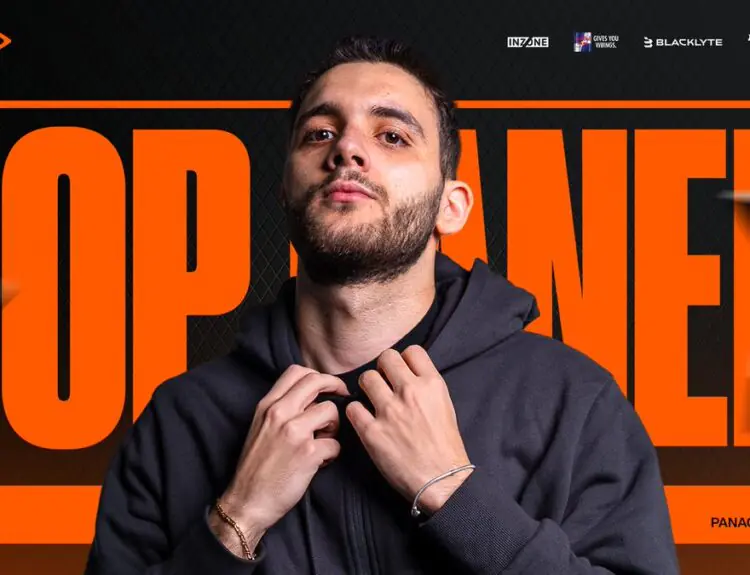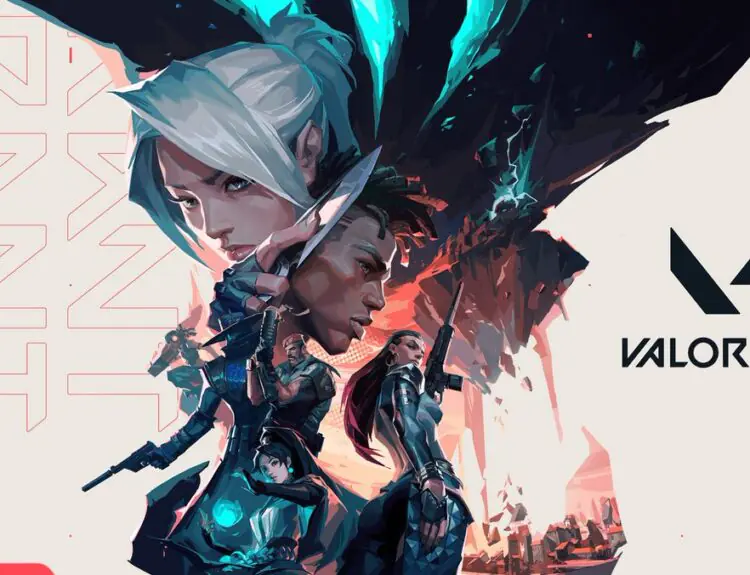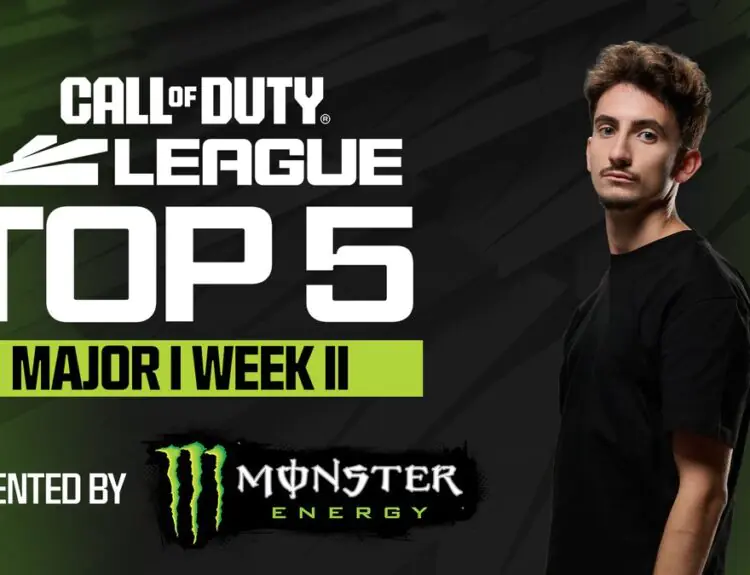Professional Brazilian Counter-Strike team MIBR has had a string of tough losses recently, both in and out of the server.
Out of the server, members of the Brazilian roster have been fined in the past few months for racial slurs on stream, threatened other professional CS:GO players, and rallied a fan base against a Tier 2 team that resulted in death threats while the roster spent hours online streaming how the team had cheated, inciting fans further.
In the server, the losses come too: they were one of the first teams to drop out of ESL One Cologne 2020 Online (the first team to drop was #1 ranked BIG, proving that online CS is a bit unpredictable, at the least); they competed in the EU region due to their current boot camp taking place in Serbia, which allowed them to join the Nine to Five 3.
MIBR was allowing to join immediately into the quarter-finals for 925.3, not needed to qualify based on their pedigree alone.
Against the tier 3 team Wisla Krakow, MIBR managed to win a single map in the best of three in a closely contested match; not a fantastic look for what was, back in late 2015/early 2016, one of the most fearsome Counter-Strike teams to exist.
https://twitter.com/karxlis_/status/1298245775596625924
Now they are struggling against tier 3 teams, have locked losses against tier 2 teams (such as Chaos, when they brought forward endless allegations that were disproved) and they’re struggling valiantly to put forth any showing in T1.
The question becomes, then, precisely what the core of MIBR should do when even the leftover scraps of MIBR (players that were cut from MIBR) could band together and give them a paddling.
Some fans are stating that they need to throw the core out, and begin anew; the core, however, has gained followers in the millions as pariahs of the Brazilian Counter-Strike team, and that can directly turn into a profit for the organization, which is ultimately why organizations exist.
Yet if they can’t compete anymore, how does the future of MIBR as an organization look? Many players that have begun to struggle against the vicious Counter-Strike scene have turned to Valorant, as it’s a more casual version of CS:GO.
Others turn to streaming full time and simply embrace the fandom that has supported them.
The Brazilian scene is deep with up and coming talent, players that can prove themselves (and have) in community-led tournaments: with a bit of practice and some professional training, there are many young Brazilian players that can bring Brazil back into the limelight of esports.
And do so in a manner that doesn’t encourage and incite violence.







